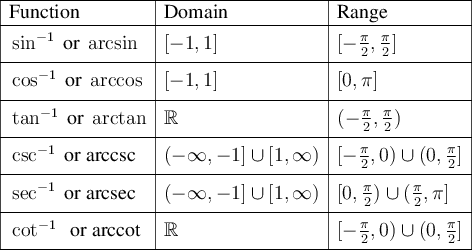We learn rating conic section on chapter7.4. We studied conic sections with equations of the form: Ax^2+Bxy+Cy^2+Dx+Ey+F=0. Step 1: find angle cot2pi=(A-C)/B where pi is greater than 0 but smaller than 90 degree. Step 2: replace x and y: x=xprime*cosine-data-yprime*sine-data. y=xprime sine-data+yprime cosine data. Step 3:plug these into the original equation and simplify to solve. There are three constant equation help us to recognize different graph shape. Parabola:B^2-4AC=0.
Ellipse: B^2-4ac smaller than 0. Hyperbola: B^2-4AC greater than 0.





